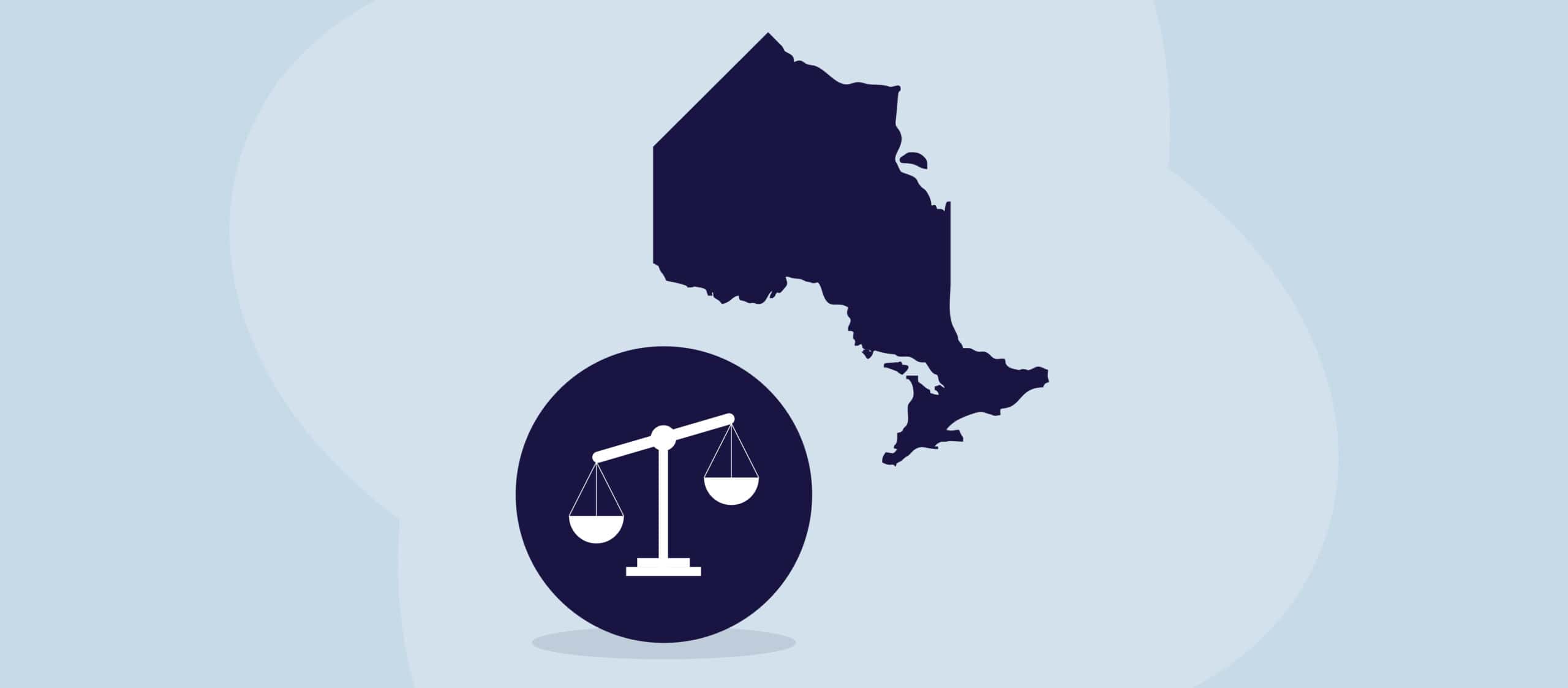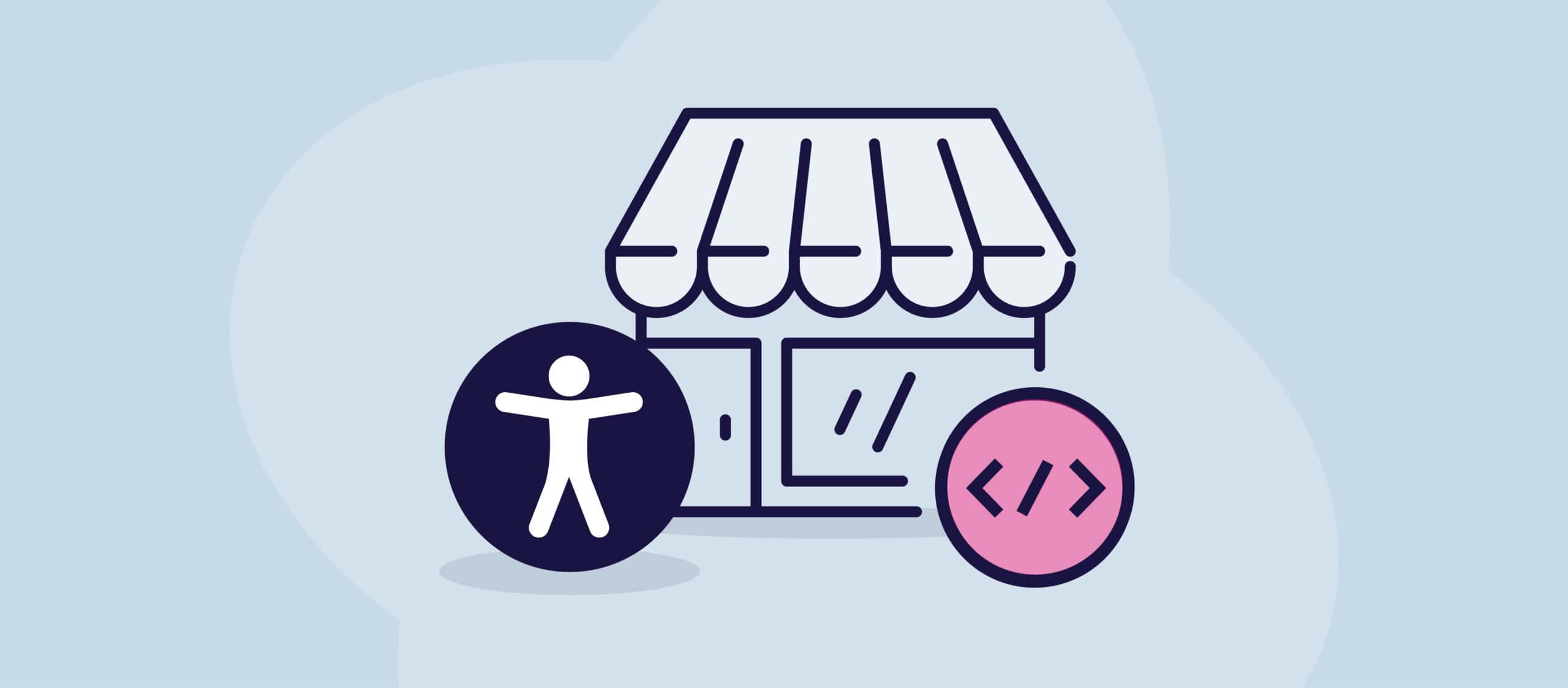The Web Content Accessibility Guidelines (WCAG) are a set of guidelines designed to make web content more accessible, particularly for people with disabilities. Here are a few reasons why websites should be built to WCAG standards:
- Inclusivity: WCAG standards aim to ensure that websites are accessible to people with a wide range of disabilities, including visual, auditory, physical, speech, cognitive, language, learning, and neurological disabilities. By building a website to WCAG standards, you are making your content available to a broader audience.
- Legal Compliance: Many countries have laws and regulations requiring websites, especially those of government organizations and businesses providing public services, to meet certain accessibility standards. WCAG is often used as the benchmark in these cases. Non-compliance can lead to legal penalties.
- Better User Experience: Many of the guidelines in WCAG, such as providing text alternatives for non-text content and making content adaptable and distinguishable, contribute to better overall user experience for everyone, not just those with disabilities.
- SEO Benefits: Implementing WCAG standards often aligns with best practices for search engine optimization (SEO). For example, providing alternative text for images not only makes them accessible to visually impaired users but also helps search engines understand the image content.
- Corporate Social Responsibility: In line with the principles of corporate social responsibility, businesses should aim to be inclusive and ensure their services are accessible to all, irrespective of any physical disabilities or other impairments.
- Wide Device Compatibility: The principles of accessible design also often mean that websites will be more compatible with a variety of devices, including mobile devices and lower-tech devices that might be used in areas with less technological infrastructure.
- Potential for Increased Market Reach: By making a website more accessible, businesses can reach a wider audience, including the aging population and people with disabilities, increasing potential customer base and revenue.
In conclusion, WCAG-compliant websites are a win-win for both users and businesses, promoting inclusivity, legal compliance, improved user experience, SEO benefits, and potentially increased market reach.


